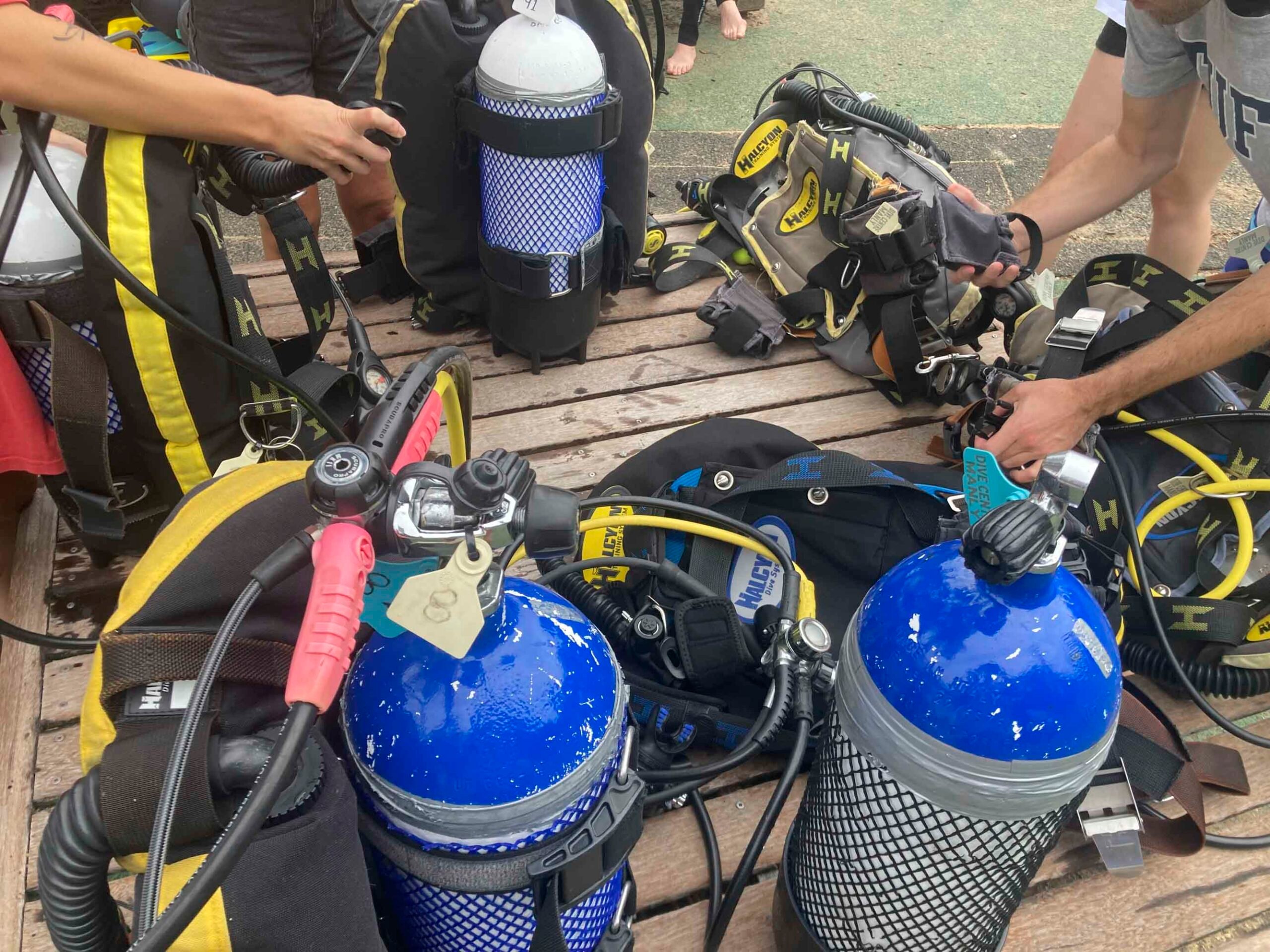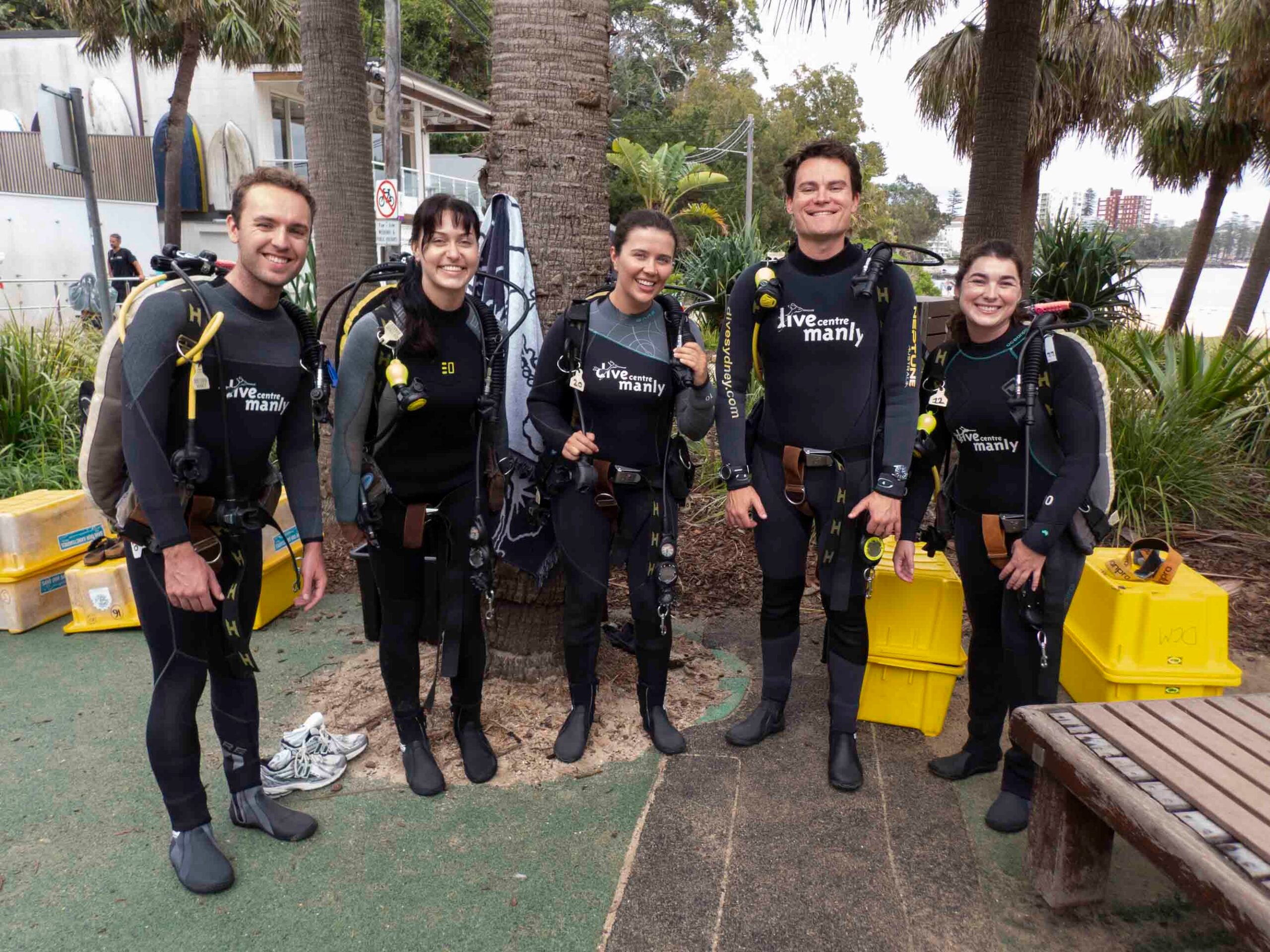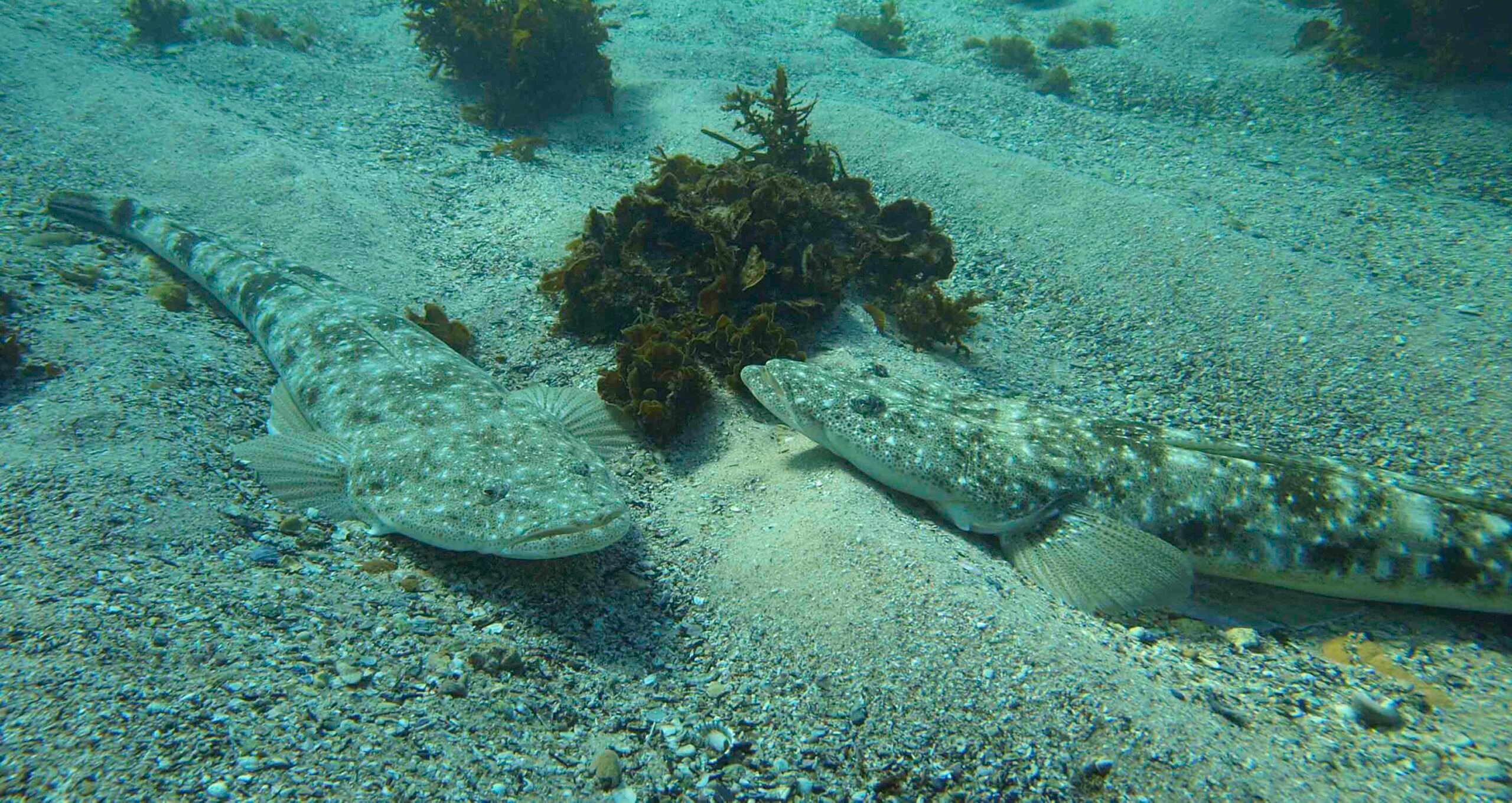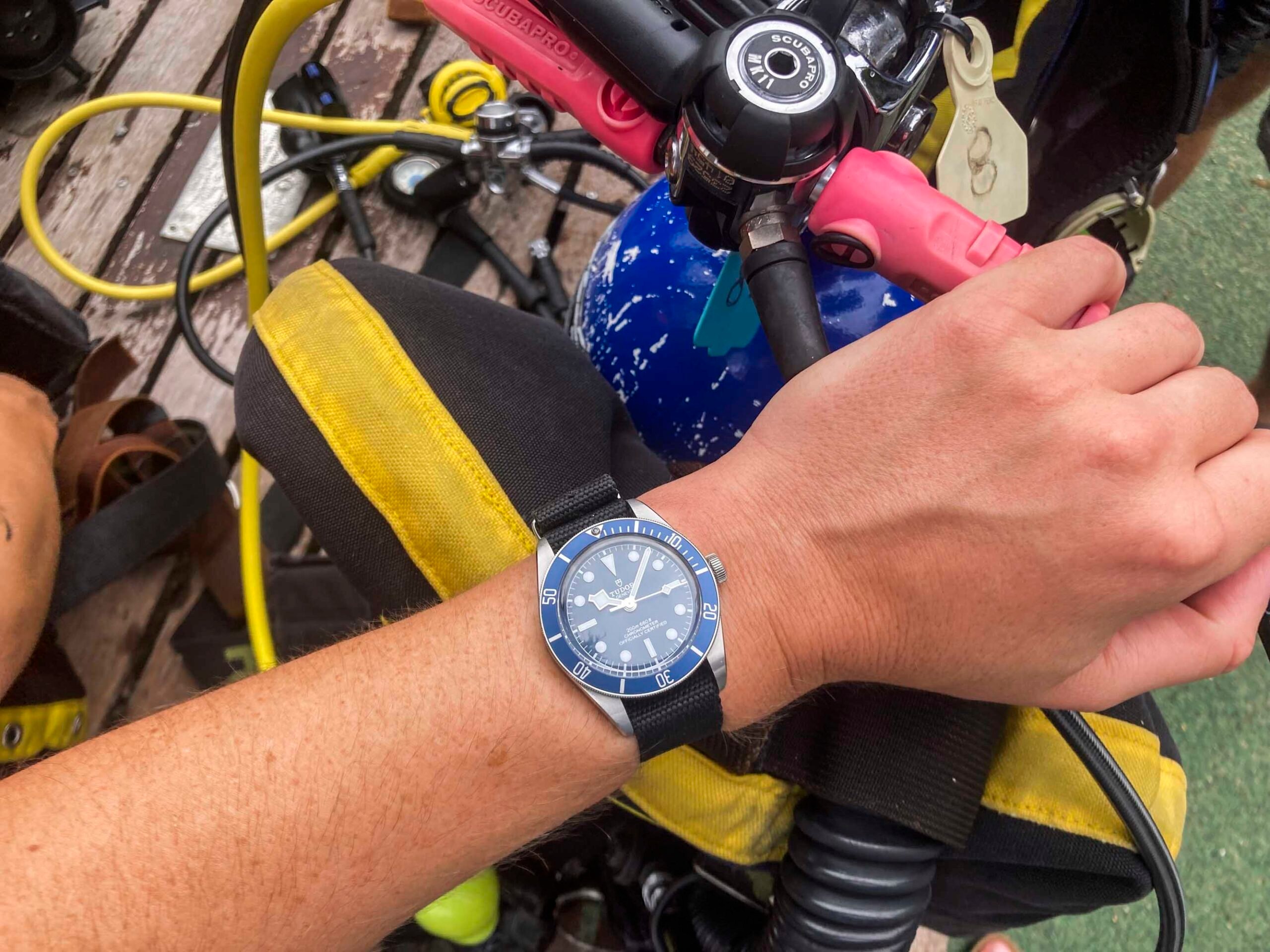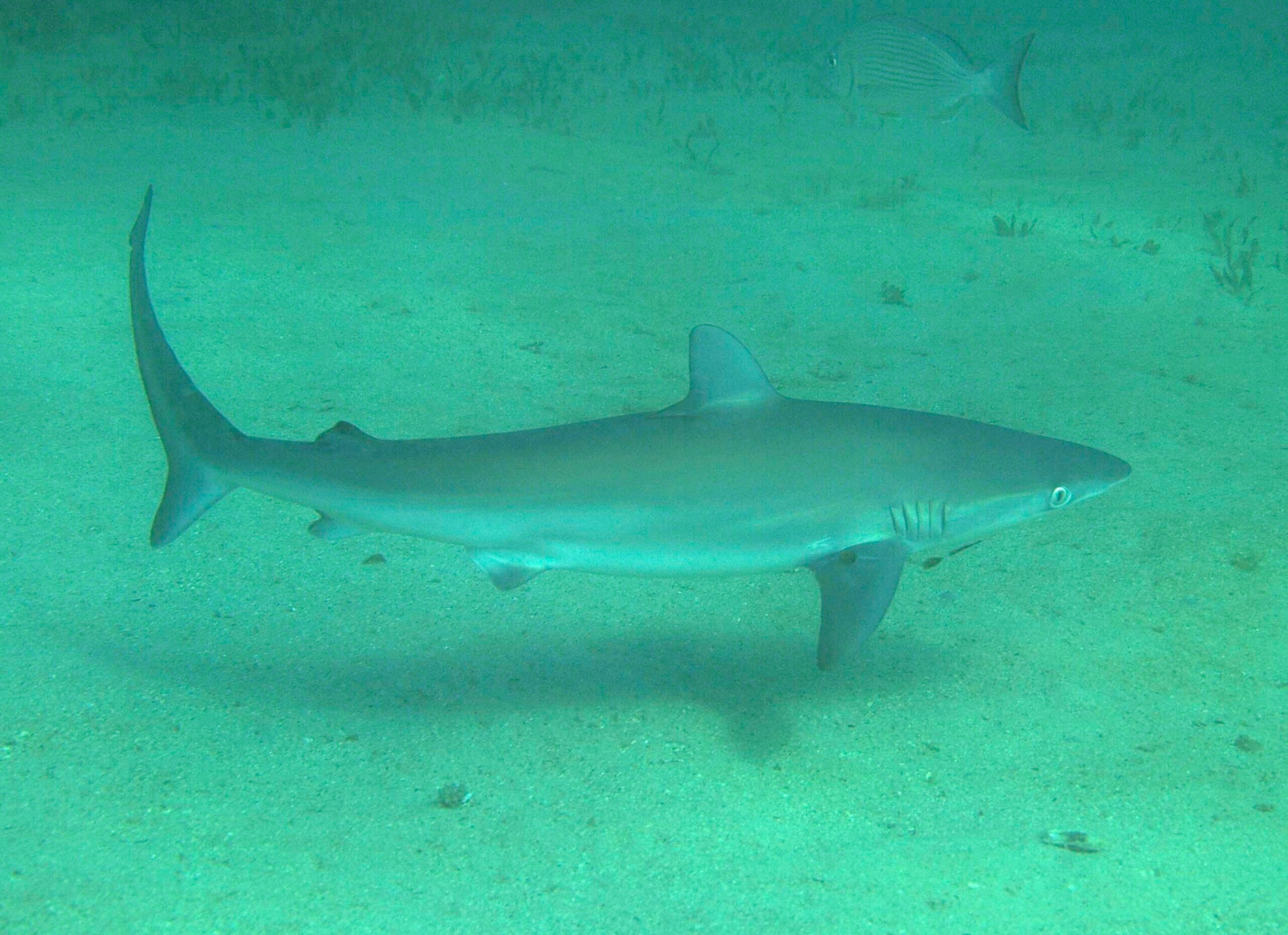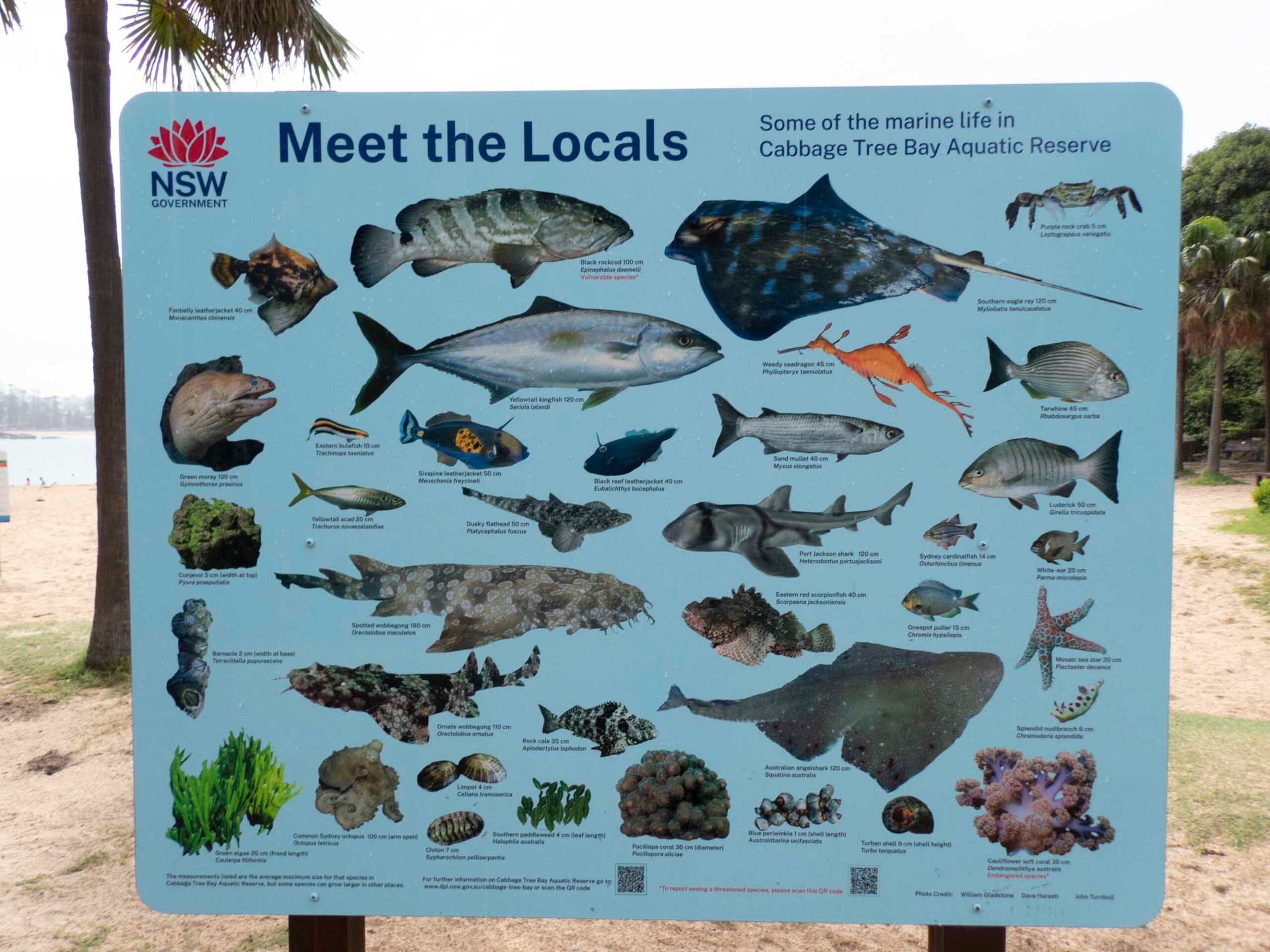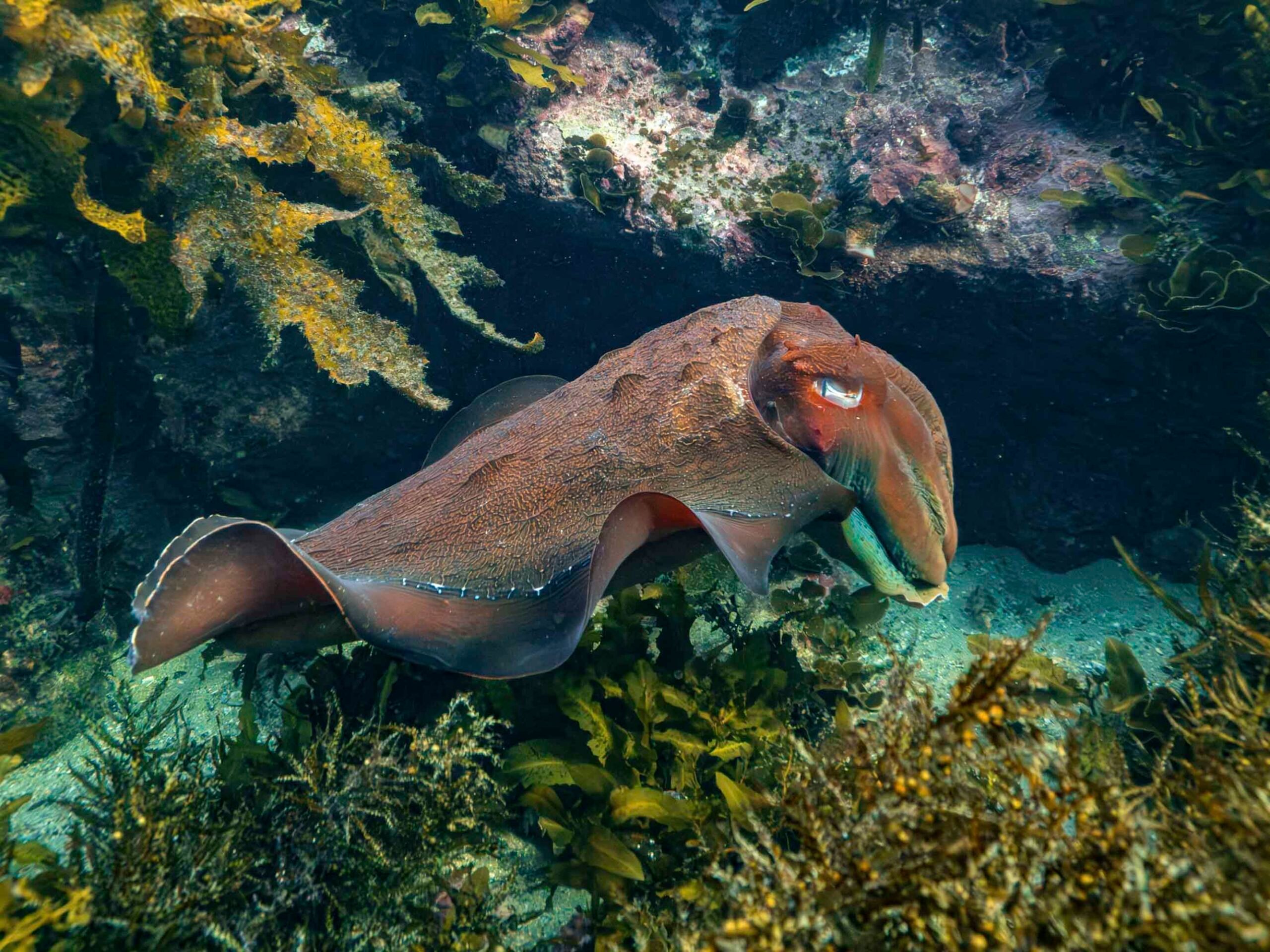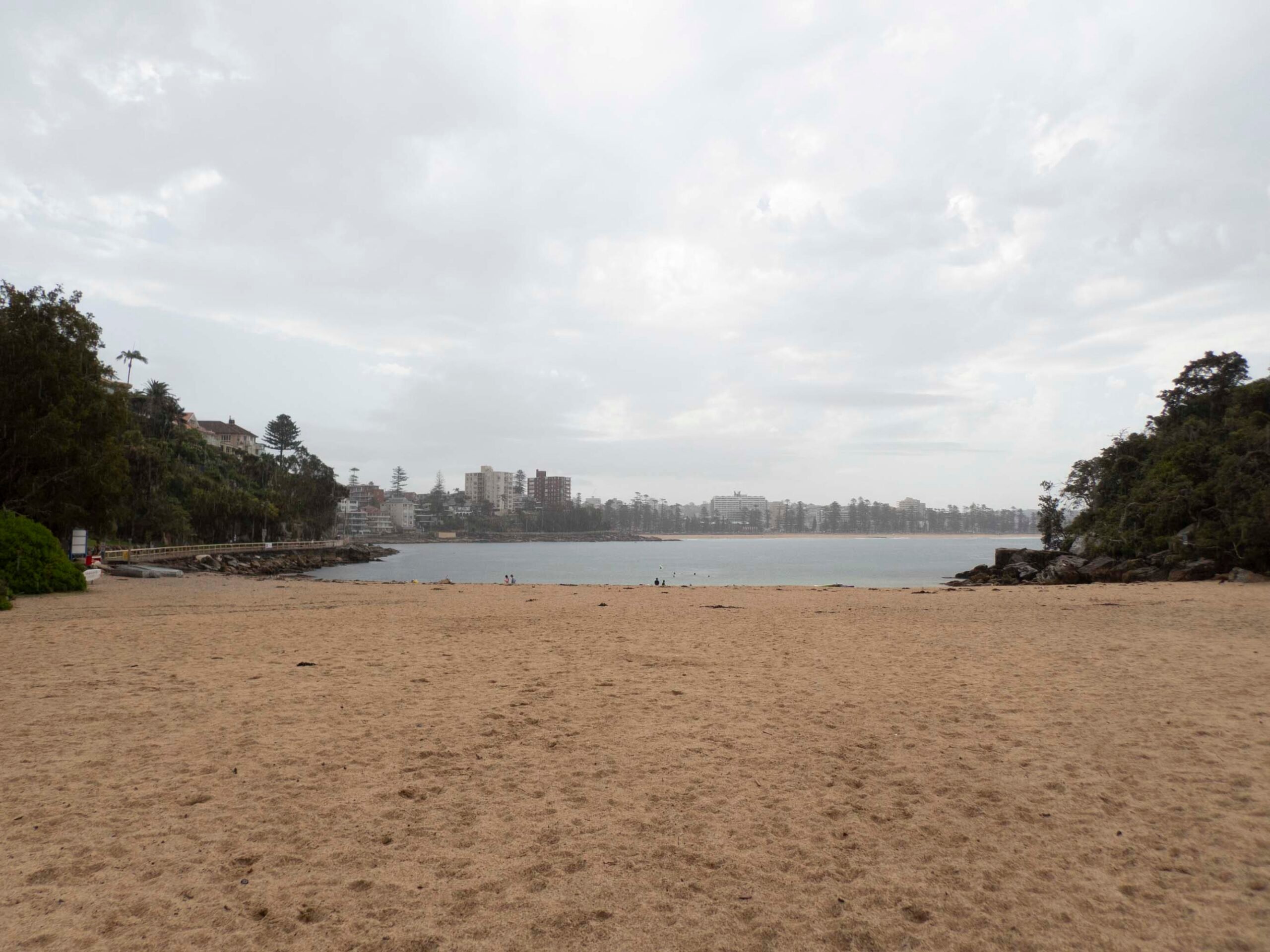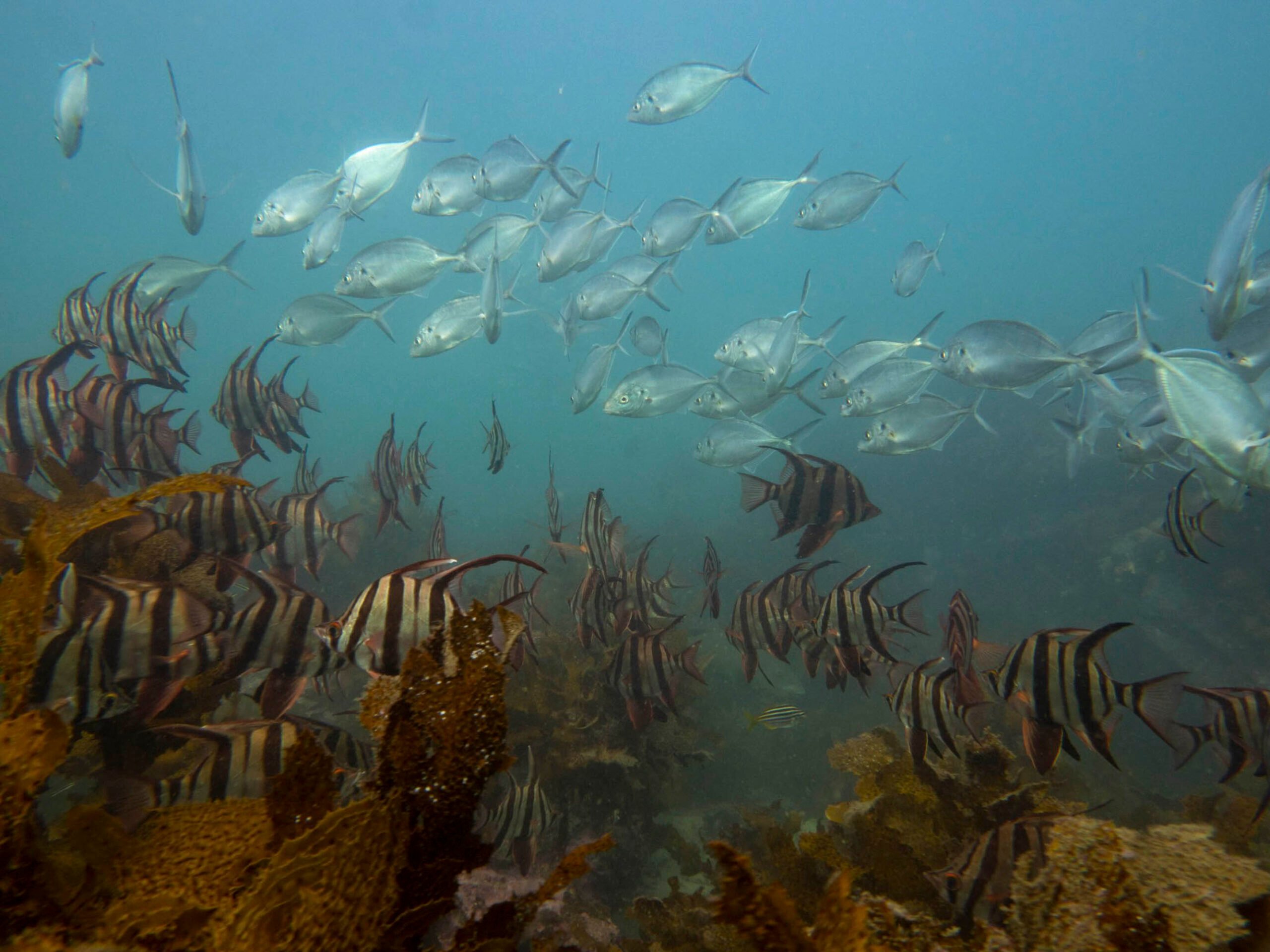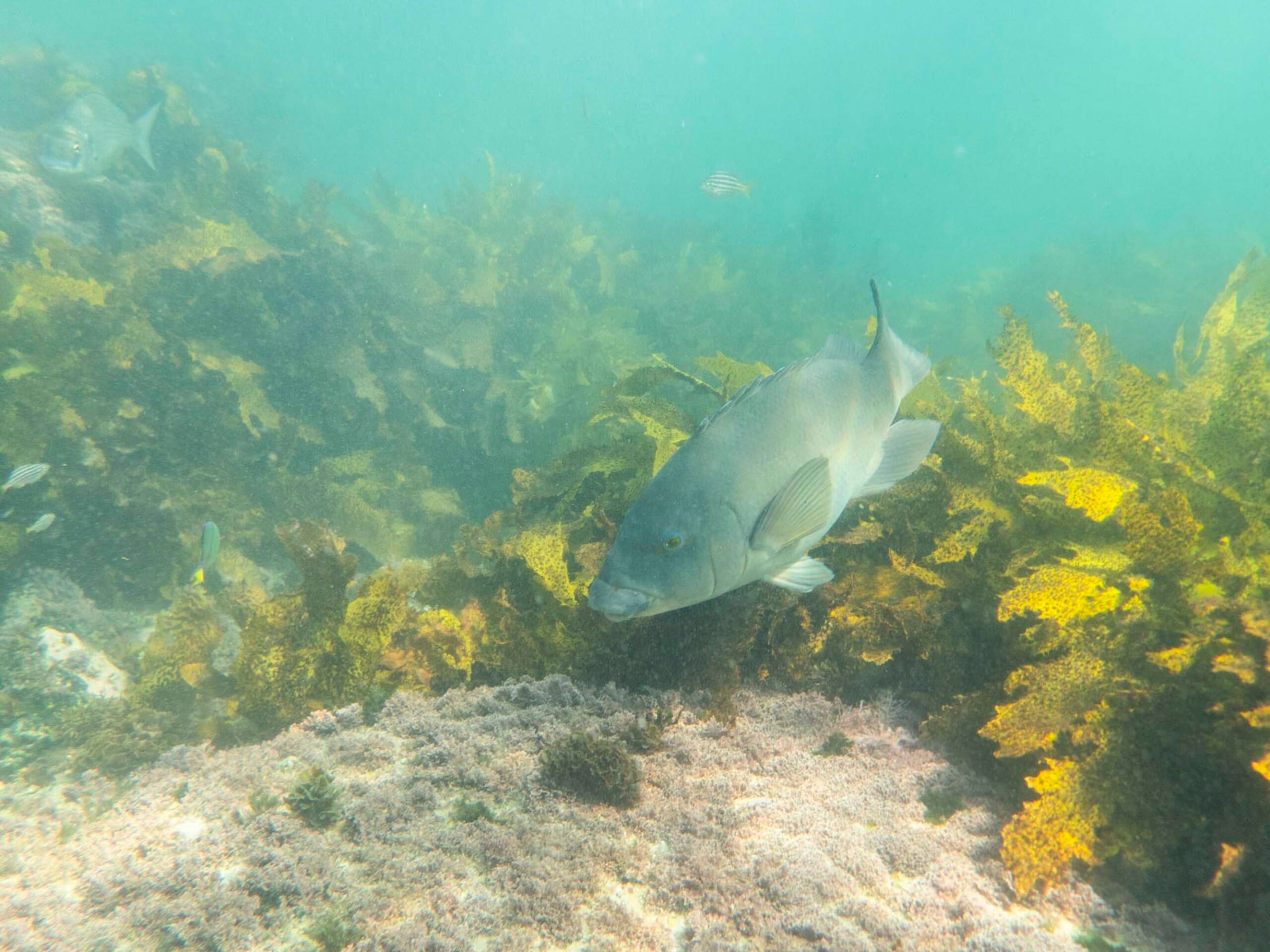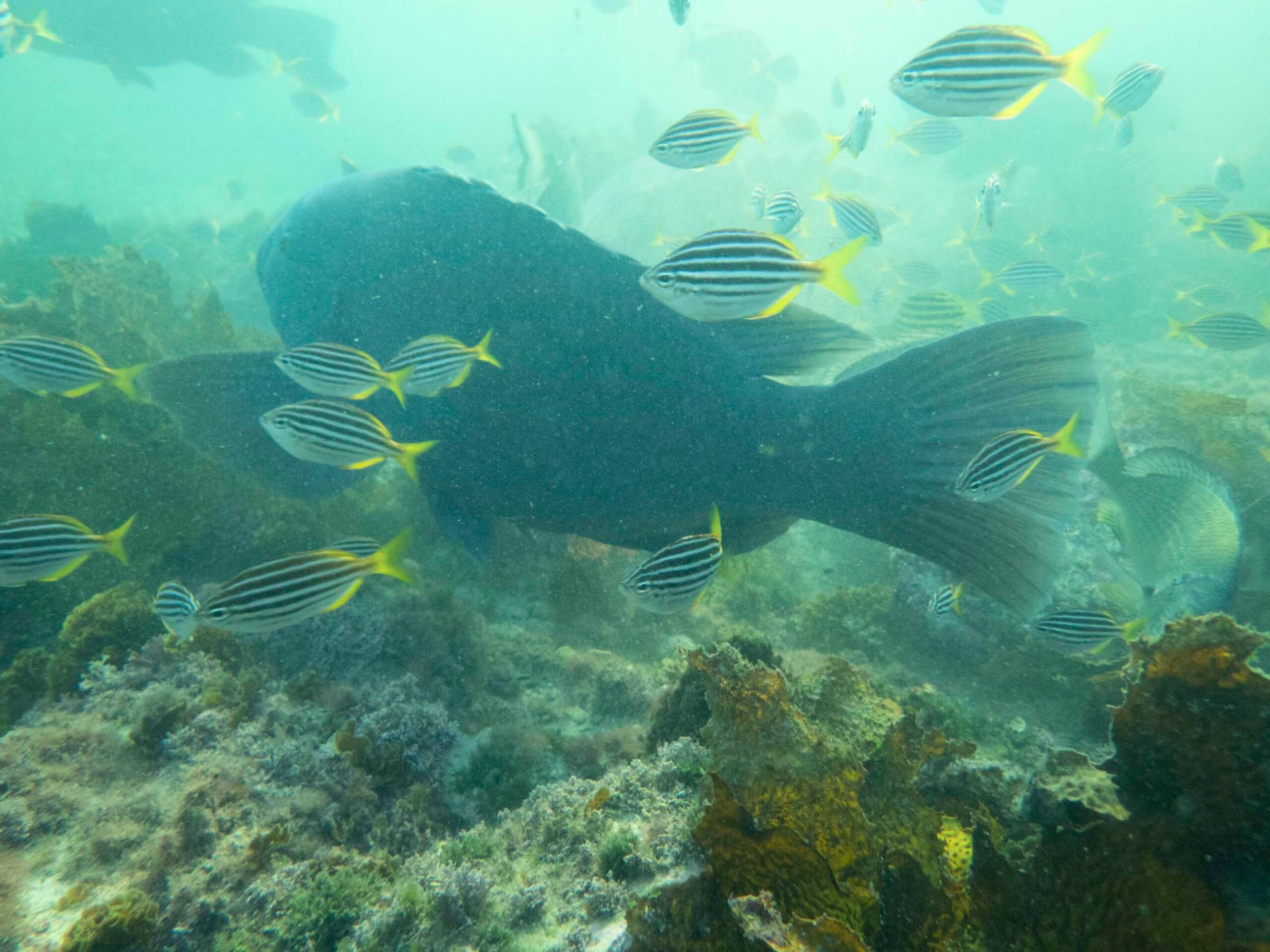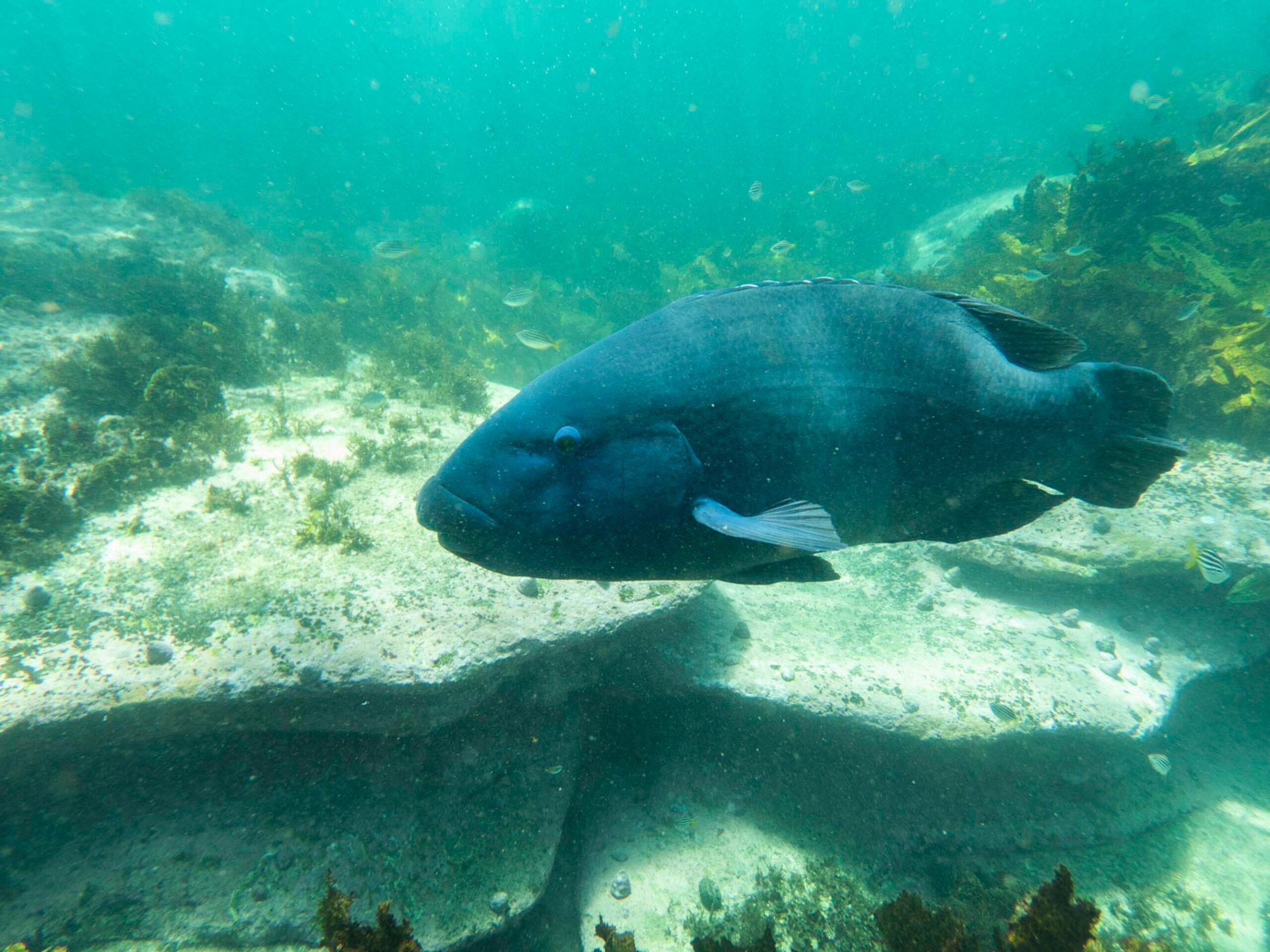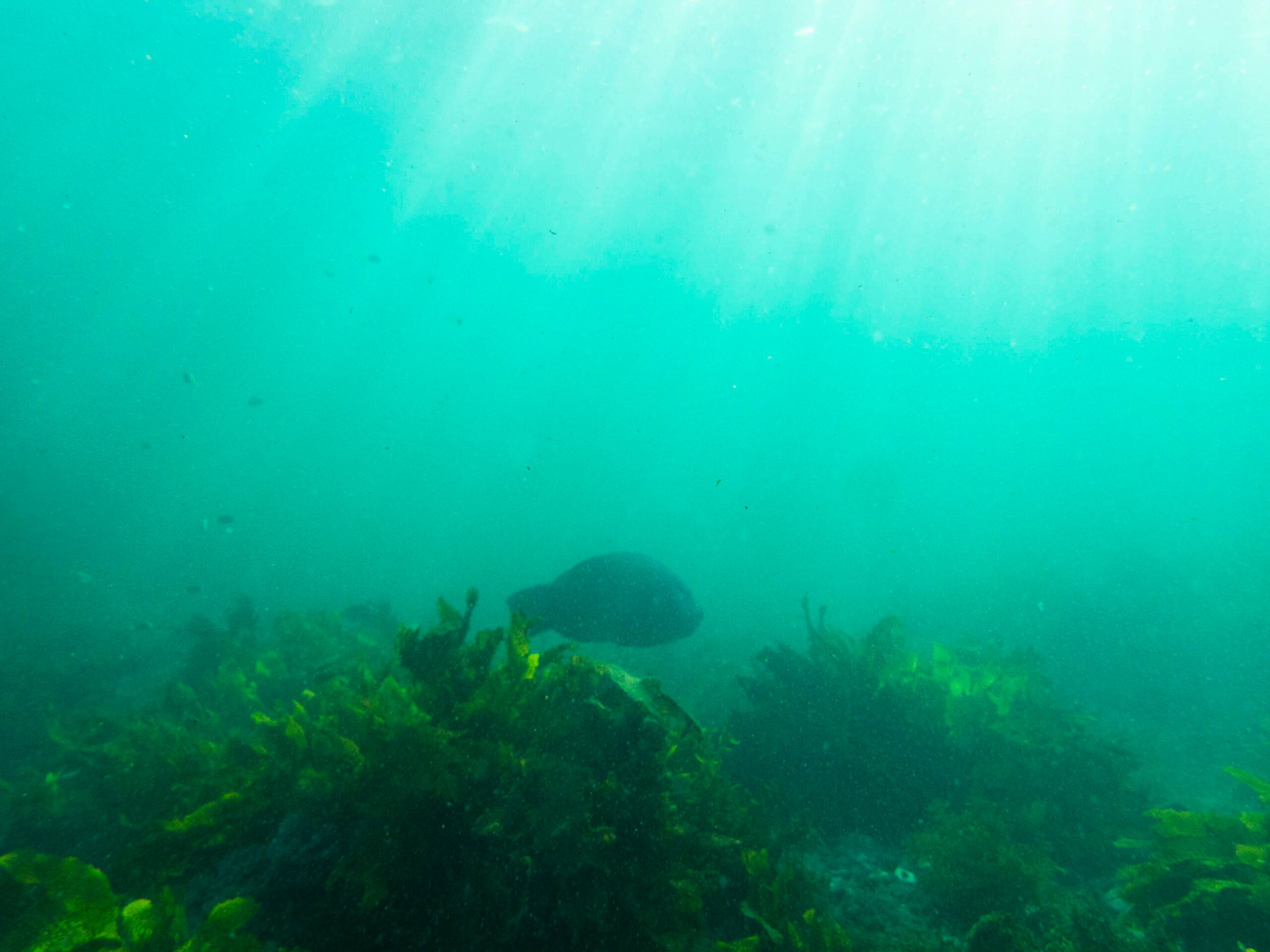Getting PADI Diving Certified With My Tudor Black Bay 58
Getting your ocean-capable watches wet has been a mantra I’ve taken to countless reviews. But long have I postponed taking my dive watch, the blue Tudor Black Bay 58, scuba diving.
The reasons are many. Frankly, though, none of them are good enough to justify how someone (a passionate ocean enthusiast, at that) who lives 60 meters from the Pacific Ocean does not scuba dive by now.
It’s not you, it’s me…
In fact, you could say I’m a thalassophile — one who loves the sea. That term comes from the Greek word for the sea, thálassa (θάλασσα). This doesn’t just mean someone who likes a swim during summer. No, I miss the ocean like I would miss a dear friend when I’m inland for extended periods.
That explains why I gravitate towards ocean-going watches. Many of my reviews involve taking these watches out into the local reefs, ocean pools, and “bogey holes.” I genuinely enjoy this component of hands-on reviews because it helps provide a different perspective of the watch in use. All sorts of things shift from above to below the water, which can alter my perception or impression of a watch’s design.
PADI Open Water Diver Scuba Diving Certification
Recently, I’ve been focusing on some of the long-overdue items on my bucket list. At the top of that list was getting my PADI Open Water Diver Scuba Diving Certification. The PADI certification is a formal training process that takes interested people with no knowledge of scuba diving and, over a few days (usually two or three), provides them with the basic skills to scuba dive.
This involves hours and hours of theory and learning before even taking on the physical course. There is a highly detailed series of learning modules that equip would-be scuba divers with the knowledge to then get in the water with scuba tanks strapped to their backs and masks that make them sound like Darth Vader. Scuba diving is a highly technical, gear-intensive pursuit. It attracts my inner nerd and aligns closely with my love of the sea. It’s gobsmacking that I didn’t try it sooner.
Taking the Tudor Black Bay 58
Of course, I needed to take a watch on this course, which would see me do five dives on one of Sydney’s northern beaches. This area is full of marine life, including giant groupers (or “gropers” here in Australia) that are half as big as me. The watch I decided to take was my blue Tudor Black Bay 58. The reason for this was relatively simple: it’s a watch I bought to mark my 30th birthday (even though I got it when I was 29).
Since I purchased the Tudor Black Bay 58 to mark occasions of personal significance, it seemed fitting that this was the watch I’d take. It was also genuinely useful to have an elapsed-time bezel while out on a dive.
NATO straps and dive computers
In addition to the Tudor, I also purchased a watch-like dive computer. Specifically, the computer I bought was a Cressi Neon. This looks not too dissimilar to a smartwatch, but it has most of the key features you would need in a dive computer. Even though it was not strictly necessary to take a dive computer on these entry-level dives, I thought it fitting to be wearing something that would log my first-ever scuba experiences.
When taking the Tudor, I decided to take it off the bracelet and put it on a single-pass NATO strap. Now, the reason for this was primarily because the strap would prevent me from losing the watch in case a spring bar failed underwater. The second factor was that it would be adjustable enough to go over the 7mm-thick wetsuit I’d be wearing on the dives.
The scuba training begins
The actual pool training component before the ocean dives proved the most challenging aspect of the whole experience for me. Working in a claustrophobia-triggering pool several meters down and trying to clear a fully flooded mask sparked the first and, thankfully, the only moment of brief panic I had during the training. Once I’d had a second attempt, it was all good. Getting my brain used to the concept of breathing through an aqualung (and not using my nose to breathe) was a relatively quick process. Nevertheless, it still felt enormously alien in those initial moments.
A series of technical safety skills followed. By the end of about three hours, we had worked through them all. Then came the moment of the first ocean dive. We got the ute packed with air tanks and scuba gear and headed down to the beach for a shore dive. Safety checks and a dive plan followed, and we put on the gear, working through each component bit by bit in a deliciously methodical manner.
Waddling turtles and elegant ducks
The first thing you might chuckle about is imagining me getting used to the sheer amount of gear a scuba diver wears. Imagine that full suite of gear, and now also imagine me waddling down through 30 meters of soft sand without trying to trip up. Frankly, it’s a miracle I didn’t end up on my back like an overturned turtle.
Once I was in the water and had inflated my BCD (Buoyancy Control Device), I went from a waddling turtle to an elegant…duck? The weight was lifted off my back, and I felt immense physical relief. I can understand why I hear divers laughing as soon as they reach this moment just before a dive begins; it’s a good feeling.
The magic of that first ocean dive
Then came the underwater world rising toward me as I deflated my BCD and began to sink to the bottom. Even for a seasoned swimmer and free diver, there was something particularly magical about this moment as a scuba diver. I was seeing and accessing an entirely new horizon, the underwater world. It was truly magical.
The first thing I did when I reached the bottom was move the bezel on my Tudor Black Bay to mark elapsed time. The Cressi dive computer has already sensed the depth and kicked into action, beginning to log the dive. What follows is a repetition of the technical and safety exercises from the pool, followed by several more dives that are more and more relaxed each time.
Seeing giant groupers with the Tudor Black Bay 58
On these dives, we saw not just groupers but also 3m-long wobbegong sharks, a turtle, and countless fish of different varieties. We also saw a beautiful cuttlefish. I can see why divers develop such a love of the ocean and a keen interest in keeping it protected. Meanwhile, the Tudor Black Bay performed its task flawlessly, remaining highly legible under the water at multiple depths (though nothing exceeding 18 meters).
On the final dive, we just did a relaxed circuit and focused on breathing and enjoying the thriving ocean environment around us. Our managing editor Nacho is a fellow diver, and I can see why he loves this pursuit so much!
Concluding thoughts
Doing this PADI course was an empowering experience. It has opened up an entirely new world, one full of wonderful sea creatures, scenes with shafts of light puncturing deep into the sea floor, and an even greater appreciation of the ocean environment that surrounds me. Diving is a vibrant community. It is impressive how involved the diving culture is, and I’ve already signed up for my next dive, which will involve helping remove plastic debris from the ocean floor. This is just the beginning!
Diving is also a world full of gear, great people, and adventure, all of which are right up my alley. Be prepared for some more dive-related watch reports in the future. It’s now not just Nacho (and Gerard) who will be heading out on the occasional dive!

